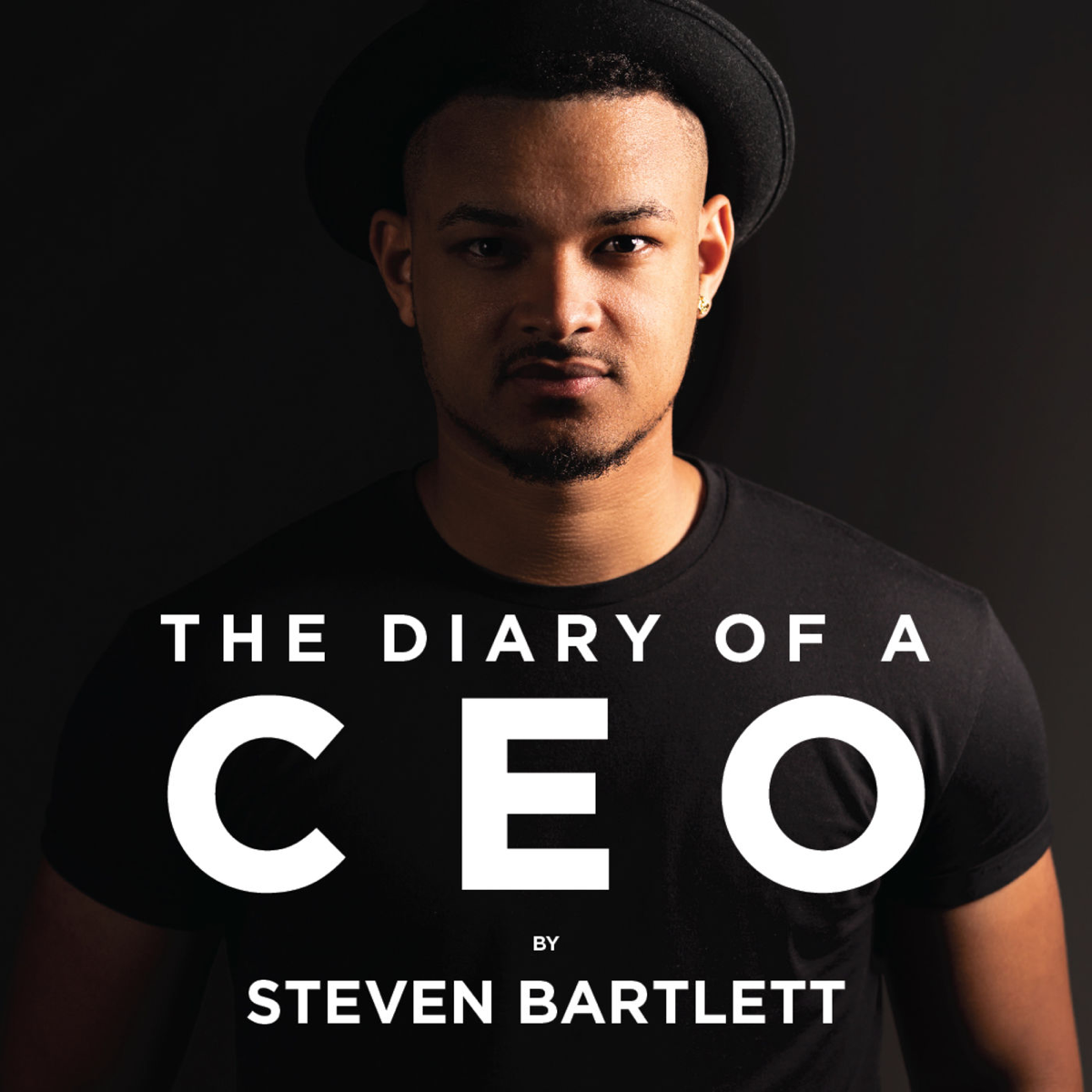The Daily Grind

Diary of a ceo – The life of a CEO is a whirlwind of meetings, decisions, and interactions. From early morning strategy sessions to late-night brainstorming, their days are packed with the challenges and triumphs of leading a company.
Every day brings a unique set of obstacles and opportunities, testing the CEO’s ability to navigate complex issues, make sound judgments, and inspire their team.
Meetings and Decision-Making
A significant portion of a CEO’s day is spent in meetings, both internal and external. These meetings cover a wide range of topics, from strategic planning to operational updates to customer feedback.
During these meetings, CEOs must actively listen, synthesize information, and make informed decisions that will shape the future of their company. They must also be able to communicate their vision and motivate their team to execute on those decisions.
Employee Interactions
In addition to meetings, CEOs also spend a significant amount of time interacting with their employees. This includes one-on-one meetings to discuss performance and career development, as well as team meetings to brainstorm ideas and solve problems.
These interactions are crucial for building a strong company culture and ensuring that employees are aligned with the company’s goals. CEOs must be approachable, supportive, and able to provide guidance and mentorship to their team.
Challenges and Triumphs
The life of a CEO is not without its challenges. They must be able to handle stress, make tough decisions, and navigate complex business environments.
However, the challenges are also what make the role so rewarding. When a CEO successfully overcomes a challenge or achieves a major milestone, it is a testament to their hard work, dedication, and leadership skills.
Strategic Vision and Leadership

The CEO’s role in shaping a company’s long-term vision and goals is paramount. They are responsible for articulating a compelling vision that inspires and motivates employees, customers, and stakeholders. This vision should be aligned with the company’s values, mission, and strategic objectives.
The CEO’s approach to strategy development should be collaborative and inclusive, involving key stakeholders from across the organization. They should foster a culture of innovation and risk-taking, while also ensuring that the company’s strategic decisions are based on sound analysis and due diligence.
Strategy Development
The CEO’s role in strategy development is to set the overall direction of the company and ensure that the company’s strategic objectives are aligned with its long-term vision. This involves:
- Conducting environmental scanning to identify opportunities and threats.
- Developing a clear and concise strategic plan that Artikels the company’s goals, objectives, and strategies.
- Communicating the strategic plan to employees, customers, and stakeholders.
- Monitoring the company’s progress towards its strategic objectives and making necessary adjustments along the way.
Risk Management
The CEO is responsible for managing the company’s risks. This involves:
- Identifying and assessing the company’s risks.
- Developing and implementing strategies to mitigate the company’s risks.
- Monitoring the company’s risk exposure and making necessary adjustments to the company’s risk management strategies.
Innovation
The CEO is responsible for fostering a culture of innovation within the company. This involves:
- Creating an environment that encourages employees to be creative and take risks.
- Investing in research and development.
- Partnering with other organizations to develop new products and services.
- Recognizing and rewarding employees for their innovative ideas.
Personal Reflections and Lessons Learned: Diary Of A Ceo

In the tapestry of my career as a CEO, I have encountered countless challenges and triumphs that have shaped my leadership style and perspectives. Sharing these personal experiences and lessons learned is a privilege, as they may serve as valuable insights for aspiring leaders navigating their own journeys.
Throughout my career, I have discovered the importance of embracing challenges with a growth mindset. Each obstacle I faced became an opportunity to learn, adapt, and emerge stronger. The pursuit of continuous improvement has been a constant driving force, propelling me to seek out new knowledge, skills, and experiences.
Core Values and Motivations
My leadership is deeply rooted in a set of core values that have guided my decisions and actions. Integrity, empathy, and accountability are paramount to me. I believe that leaders have a responsibility to set an ethical example, foster a positive and inclusive work environment, and hold themselves accountable for their actions.
My motivation stems from a deep-seated desire to make a positive impact on the world. I am driven by the belief that businesses can be a force for good, creating value for customers, employees, and the broader community. This sense of purpose fuels my passion for innovation, collaboration, and creating sustainable solutions that address real-world challenges.
Adaptability and Resilience, Diary of a ceo
The business landscape is constantly evolving, and successful leaders must possess the ability to adapt and thrive in the face of change. I have learned the importance of being agile, embracing new technologies and ideas, and empowering my team to innovate and take calculated risks.
Resilience is another essential trait for leaders. Inevitably, there will be setbacks and disappointments along the way. The ability to bounce back from adversity, learn from mistakes, and maintain a positive outlook has been crucial to my success.